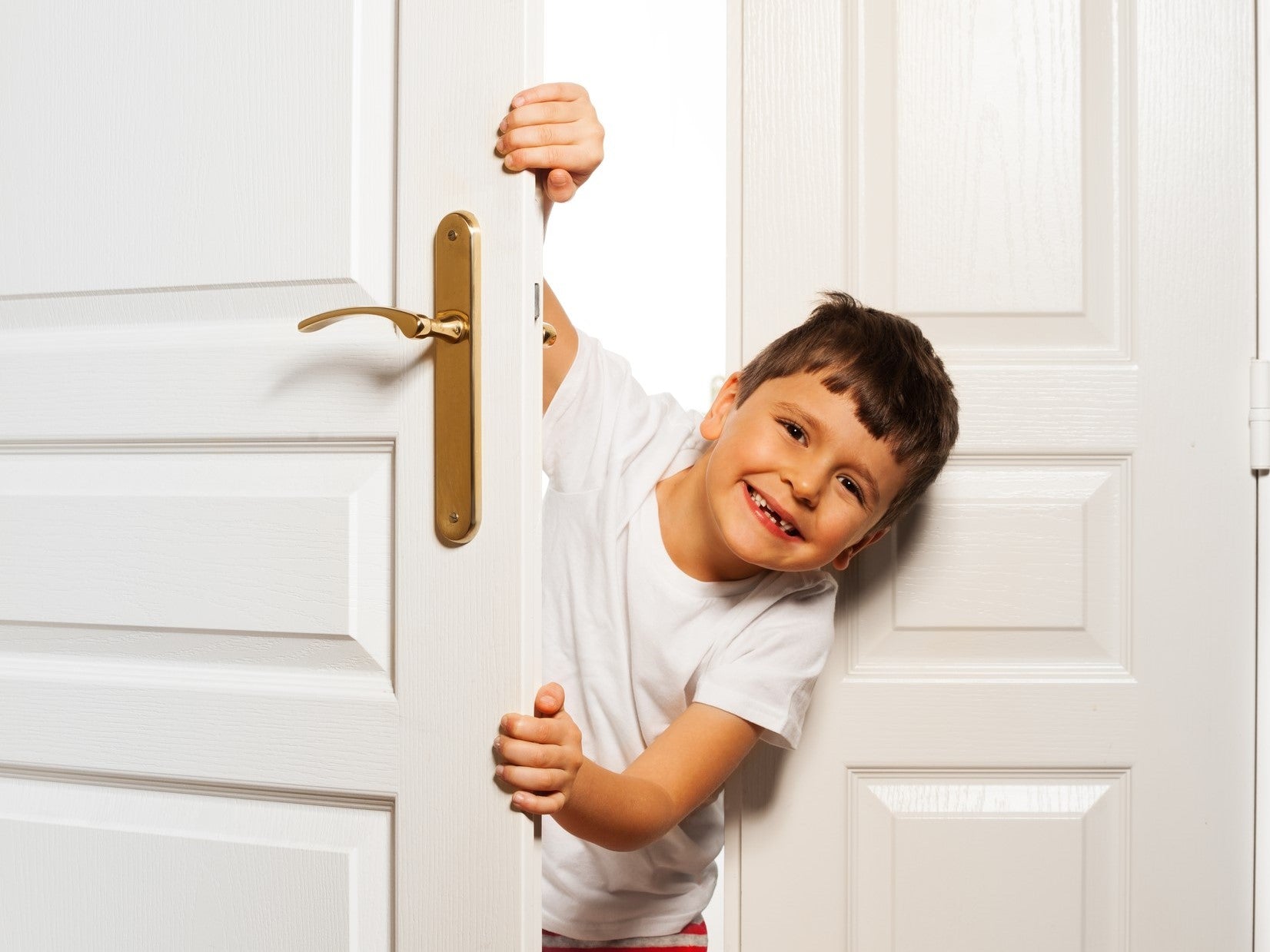
Greetings Fellow R-Therapist
If you work with children who have a distorted /r/, the following may be the most valuable and critically important strategy you’ll ever use.
To know where we’re going, let’s take an in-depth look at our destination. Let’s think about—and feel—the /r/ placement together.
Close your eyes, and say /r/ out loud. Pay careful attention to the bilateral elevation of the back-sides of your tongue. Do you feel your back-tongue “corners” touching the area behind your top back teeth? It’s the same place you contact for /k/, /g/ and /ng/.
This significant mouth-part behind your top back teeth is called the “retromolar pad.”
These bilateral pads are the primary destination points for the sides of the back-tongue. This tongue-to-pads contact not only provides the go-to placement for the tongue, but stabilizes the tongue during the entire /r/ production. Do keep in mind,
Co-articulated speech requires small oral movements. And to generate refined small movements, you must stabilize your tongue near the moving part.
The /r/ requires a solid stabilized bilateral footing.
The child must learn to move to the pads quickly and consistently, during both types of "Rs"--The Back-Up /r/ and The Retroflex /r/--and eventually, within ALL CONTEXTS.
So how do you get your r-child to find the tongue-to-pads placement?
Answer: With a Dental Floss Holder; this tool is amazing. It’s an SLPs best friend when working with /r/.
(Suggested resource, Amazon.com; the Flossaid Dental Floss Holder (DFH) can be purchased individually, or in packs of 3, 4, or 18. The price ranges from $5 each to around $2 each, depending on how many you buy.).
I suggest that each child has his/her own, and that it is only used during therapy sessions. If it goes home, it rarely comes back. Your call, however. Place each child’s DFH in a baggy along with a sticky note with his/her name on it. Poke a few holes in the baggy for ventilation.
Using the "V" tongs of the DFH, palate the back-tongue corners then the retromolar pads and ask the child to MATCH the two, i.e. elevate the back-tongue and touch the sides to the pads. At first, palpate for them. Eventually, each child will be able to palate his/her own tongue-to-pad placement.
Say to the child: “A good /r/ is made with the back of the tongue anchored to the pads behind your top, back teeth; like this.” Show him/her your back-tongue and retromolar pads.
Then palpate the child’s. Point the DFH tongs downward when palpating the back-tongue corners, and upward when palpating the top pads.
It is helpful if the child closes his/her eyes to heighten intra-oral tactile perception. Encourage him/her to think intra-orally, “Send a spy down to your tongue. Focus and feel your tongue-sides on the top pads.” Looking in a mirror is fine, but can be distracting for some children.
You may wish to spray some flavored spray on the tongs to increase sensory awareness and enjoyment. (Amazon.com; “Too Tarts Spray Candy”)
Personally, I think it's helpful to do this each time I see the child; I typically do it at the beginning of the therapy session. The number of repetitions is based on the capability and tolerance of each child (somewhere between 3 to 10 times).
Do keep in mind: Pad placement palpation is not “fancy sound-stim.” It’s not touch the pads and voila, a good /r/. It must be coupled with lingual tension and resonance (to be covered next week).
In addition to respiration and phonation, following are the three components of the /r/ production:
- Placement - on the retromolar pads
- Lingual Tension – sustained during the production, (/r/ requires the greatest amount of lingual tension of any consonant sound), and
- A Resonance Chamber – the formation of either a pharyngeal resonance space (for The Back-up /r/), or, an oral space (for The Retroflex /r/)
Survey Results; Emailed November 7, 2017
(A nine question Survey went out in November, 2017. Almost 300 SLPs responded--THANK YOU! In this section of the Survey, there were 15 options; a few SLPs wrote-ins their answers, as well.)
Following are the TYPES OF DISORDERS/CHILDREN SLPs work with, primarily in the schools. For example, "96.9% of SLPs see children with articulation disorders."
Here are the TOP six responses:
- Articulation (96.9%)
- Receptive and Expressive Language Impairments (95.2%)
- Autistic Children (91.4%)
- Phonological Disorders (83.9%)
- Learning Impaired (82.2%)
- Stuttering (71.6%)
Here are the additional responses:
- Auditory Processing (62.7%)
- Literacy Issues (62%)
- Individuals with Syndromes (58.9%)
- Emotional Impairments (50.3%)
- Severe Cognitive Impairments (46.9%)
- Reading Issues (46.2%)
- Hearing Impairments (43.8%)
- Selective Mutism (26.7%)
- Voice (19.9%)
Does this resemble the types of cases you work with?
Personally, I was surprised at three of them: Stuttering and Selective Mutism (that they were such high percentages), and Voice (that it was at such a low percentage).
The results provided food-for-thought for me, however. In the future, Therapy Matters will most definitely cover info and ideas on Articulation and Language, but also Syndromes, Reading, and Selective Mutism. Should be interesting!
Next week, Part 2 will cover more info and answers on "R": Specifically, how to generate tongue tension and form an appropriate resonance chamber. In the meantime...
Have a rrrreally grrrreat week!
Char Boshart, M.A, CCC-SLP
The Easy R: Click Here!
P.S. For several weeks in February, I'm doing seminars around the country; two courses on language (one is brand new). Check my schedule on to see if I'm coming to your area. Hope to see you--come up and say Hello!
P.P.S. Looking for someone to speak at your next Conference or Workplace Workshop? Let's talk!
Leave a comment (all fields required)
Comments will be approved before showing up.

![#71 Telepractice Tips 'n Info (Part 4) [Is my child working or just playing games?]](http://speechdynamics.com/cdn/shop/articles/Game_Pieces_and_Hand_7_x_3_2048x.jpg?v=1605804364)
